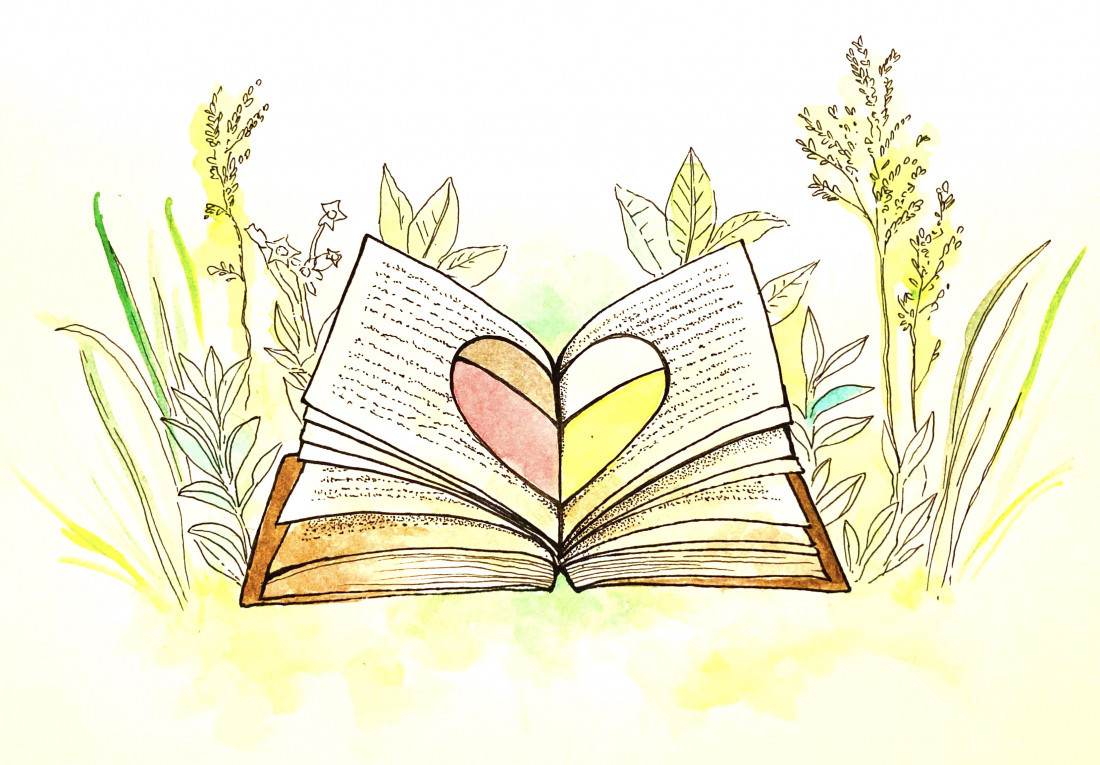Reading the TRC Calls to Action
Reading in Colour
The National Day for Truth and Reconciliation that took place only a few weeks ago gave all Canadians the opportunity to learn about and engage with Indigenous experiences and stories. There were both in-person and virtual events in Winnipeg that offered avenues for learning and listening, including powwows, sacred fires, walks, workshops and a youth and elder tea.
The pronouncement of Canada’s first National Day for Truth and Reconciliation as a federal statutory holiday was in response to the 80th call to action from the Truth and Reconciliation Commission of Canada (TRC). The TRC released a total of 94 Calls to Action in 2015.
The call to action states: “We call upon the federal government, in collaboration with Aboriginal peoples to establish, as a statutory holiday, a National Day for Truth and Reconciliation to honour Survivors, their families and communities and ensure that public commemoration of the history and legacy of residential schools remains a vital component of the reconciliation process.”
The provision of this statutory holiday has, at the very least, exposed many Canadian residents to the phrase “truth and reconciliation.” This in itself pushes people to begin to recognize and engage with Indigenous knowledge systems and histories. But settler Canadians shouldn’t stop there. Now that most Canadians are familiar with at least one call to action, perhaps the next step should be to read all 94 of them.
It’s easy to feel overwhelmed by the thought of reading a document written in formal language that includes technical terminology and has at least 94 points. However, in reality, the document is fairly straightforward. It is divided into two main topics: legacy and reconciliation.
The legacy section includes calls to action on issues arising from the legacy of residential schools, outlining the human-rights violations, oppression and racism that Indigenous people face in the child welfare, education, health and justice systems.
The reconciliation section covers calls to action that carve out a path toward a joint reconciliation between Indigenous peoples, the Crown, the Canadian government and non-Indigenous groups.
It also calls for educational inclusivity by various groups, such as educational institutions, faith groups and public servants to “provide education ... on the history of Aboriginal peoples, including the history and legacy of residential schools, the United Nations Declaration on the Rights of Indigenous Peoples, Treaties and Aboriginal rights, Indigenous law and Aboriginal-Crown relations.”
Reading the calls to action of the TRC can enable Winnipegers, and Canadians across the country, to understand their place within Canada’s history of residential schools and learn about how they can integrate culturally appropriate knowledge into their education, work and personal life.
It is crucial that Canadians start to recognize Canada’s attempts at eliminating Indigenous cultures through residential schools, understand the way trauma has passed down within Indigenous communities as a result of this and attempt to attend to these wounds by immediately incorporating culturally appropriate practices into all facets of society.
The TRC calls to action are by no means a solution in themselves, but they are a step in the right direction. Knowledge enables us to adjust ourselves, demand more from the institutions we are involved in and make necessary changes toward a more equal society.
Valerie Chelangat is a Kenyan-Canadian columnist and a bookseller for marginalized voices. She is a student and working toward a master’s of fine arts in creative writing.
Published in Volume 76, Number 6 of The Uniter (October 21, 2021)








